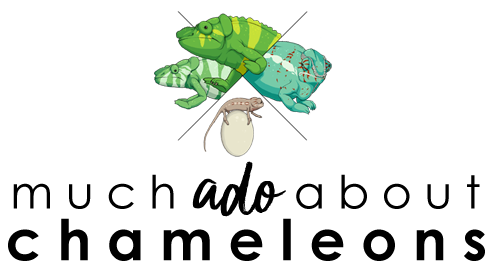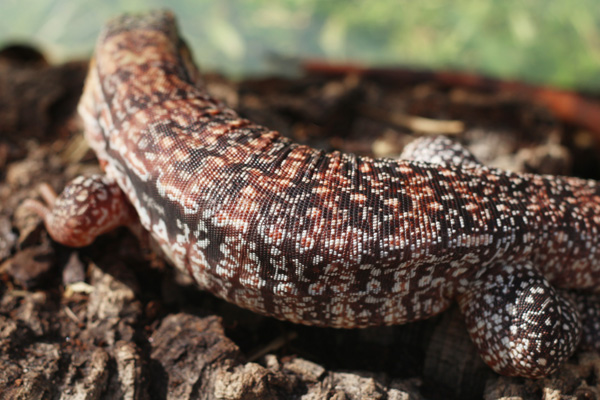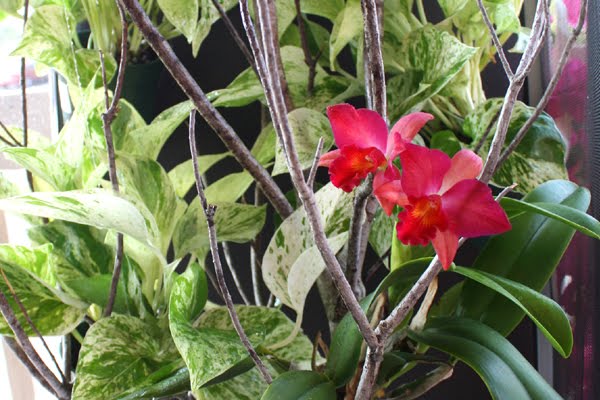This is the third in a multi-part opinion series on Ethical Reptile Keeping. The series seeks to urge keepers, new and old alike, to evaluate their own husbandry habits and to think about the impact their choices, from housing to breeding, have on their personal animals as well as on the herpetology hobby as a whole. While some aspects of reptile and amphibian keeping have evolved to focus on pushing and advancing husbandry techniques to ensure that a species thrives in captivity, others have become stuck in antiquated and short-sighted practices which do not promote progress. And certain species, particularly entry-level species, are suffering as a result. I wish to draw attention to these embarrassing aspects of the herp community and encourage people to take a look at how they can grow as hobbyists and keepers, push what we know about great husbandry together, and strive for excellence, personally and as a community.
Having already touched upon issues in housing that I feel desperately need more conscious thought in the industry, this week I will be touching a bit more about breeding and breeding experience. The two (housing and breeding) so often go hand in hand, but I find that in many cases ambitions of breeding dictate housing, and almost always in the direction of cheap, mass housing and streamlined husbandry practices. Ideally, proper housing should dictate breeding projects! And limit a person to how many animals they can responsibly own and care for properly, much less breed, instead of getting carried away and amassing dozens of "breeders" into plastic totes because it's possible. Additionally, ambitions of becoming like the large rack system breeders push people into over-breeding popular species like leopard geckos or bearded dragons, which are easy first-time reptiles, and flood an over-saturated market with offspring no one may want. Breeding ethically needs to take into account the long-term welfare of the offspring you are directly responsible for.
 |
| Male and female panther chameleons breeding. These animals were pets first and foremost, so no corners were cut when it came to their well-being. |
Before I go on, I am not going to pretend that I was not drawn to breeding. I certainly was, and I'll admit that I got caught up in gecko breeding when I first started, almost 9 years ago now. The reality is that it never went anywhere for me, because almost a year into gecko keeping I acquired my first chameleon and my era of geckos came to a swift end for several years. So the truth is that I never hatched a single gecko, but I had accumulated almost two dozen pet geckos in my aspirations of grandeur, in cages of various sizes strewn across my little one bedroom apartment, and then proceeded to re-home them all.
Now I can't believe how silly that was. And my subsequent dive into chameleons was a much more controlled, responsible experience that never reached that fevered pitch of accumulating for the sake of collecting. But more than the accumulating, the idea that I could suddenly start a gecko breeding business and be Someone with such little preparation, experience, and funding! It's laughable now, but I've seen so many after fall into the same trap. You will not burst into the industry with a collection of $50 pet store "rescue" animals. You're never going to be one of those people that sells a ball python for $70,000 in your first breeding season by buying up a few snakes from Craigslist and Repticon for bargain prices. Odds are that you will not revolutionize the hobby with a new morph of bearded dragon. I don't want to crush any dreams, but we have to be realistic here; it is better to hone in your skills as a keeper and future breeder by doing tightly controlled breeding than to dive in, head-first, throwing caution to the wind, into a large project that can quickly spiral out of control. Especially when you don't have the experience yet. Start off with only what you can comfortably handle, and MASTER it.
Most new hobbyists burn out after a year or two in the herp hobby. I think this happens most often when people come into it too strong, with too much momentum, and take on too much responsibility too soon and after a year feel that they cannot possibly sustain that level of honey-moon enthusiasm forever. And soberingly, most people cannot sustain the amount of time and resources it takes to manage the needs of a fast-growing large collection and breeding project. It's easy to add one more animal when everything is running smoothly (what's one more mouth to feed when you already have 30, anyway?), but will it be just as easy when suddenly a plague spreads through a collection and suddenly you need antibiotics for 15+ animals. Having experience in keeping and breeding will give you the tools to better manage a larger collection if that's the goal, but you cannot rush experience. You need experience time like pilots need flight hours or doctors need residency.
To be experienced breeders and keepers we definitely need to get the experience somewhere, of course, but I argue that we try to be conscious of what we can handle. It is better to keep a handful of animals and truly master their care and breeding than to keep 100 too fast and fail or not achieve anything. Even greatly successful people all start out small and build up their empire as they build up their experience. To rush into too much too soon is ill-advised. Master what it means to be a great keeper, understand the nuance of husbandry, get to know your animals so you can recognize changes in behavior, and choose quality over quantity in everything that you do. That's how you grow yourself and (if you so choose) your breeding experience/business and become someone. Excess does not directly equal experience, or at the very least not quality experience.
Besides staying within your limits, consider the well-being of any and ALL offspring you produce. Every single baby chameleon, gecko, or bearded dragon that you produce is your responsibility. You are in charge of making sure they grow up healthy and go off to the best kind of home you can find. It is not good enough to accomplish breeding and then leave the resulting young to fend for themselves after 2-3 months of rearing. There is a severe over-abundance of a handful of species in the hobby. Too many leopard geckos, bearded dragons, and ball pythons on the market as it is means that no one wants to buy them from small, no-name breeders. And these animals end up becoming redundant, sometimes bouncing around Craigslist and ending up in poor homes just to re-home them quickly. I am aware that to work up the experience to breeding more delicate chameleons we have to start by learning with veileds and panthers, but there is no need to inundate an already over-saturated market with hundreds of extra baby veiled chameleons unnecessarily. Keeping clutch numbers small and manageable will still allow you to gain experience breeding, incubating, and raising young, and it will also make finding homes for them easier. When I bred panthers I made sure I was set up to comfortably house any offspring that didn't sell off immediately, and ended up keeping two beautiful females for about another year because I wasn't finding them good enough homes. That's the kind of preparation and foresight you need.















I absolutely agree with this article. I'm a -young- reptile enthusiast myself. As of the moment, I have: a hypo carrot tail leopard gecko (Escher), a lavender Mack snow leopard gecko (Blue), two box turtles (Crush and Squirt), and a veiled chameleon (Jabba). I hope you don't mind, but I'd like to show my friends this article to explain why I rarely let my menangerie have babies. You have an amazing blog, I aspire to be an amazing blogger like you. Thank you for posting, you've benefit all the lives in my miniature zoo. Keep doing what you're doing
ReplyDeleteThank you for the kind words Madi! Go right ahead, I wish more people thought about what they are capable of handling and stay within their limits. I'm the first person to say that I would love to have hundreds of chameleons, but I just can't! Besides, it's ok to just enjoy animals as pets.
DeleteLet me know if you ever need tips about blogging, I'm not an expert but I'm always happy to share the little bit I've learned over the last 4-5 years.